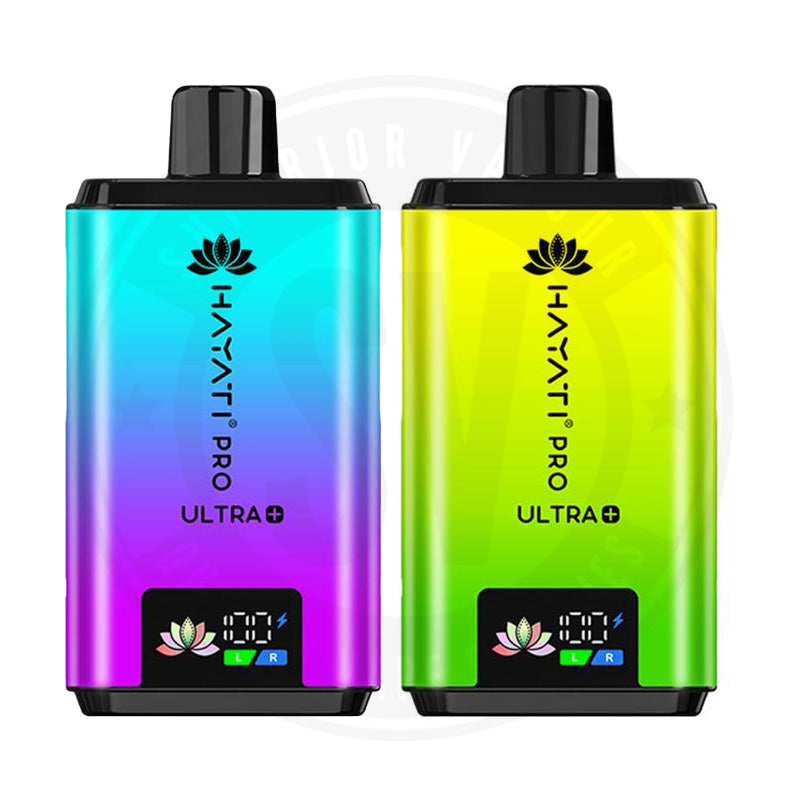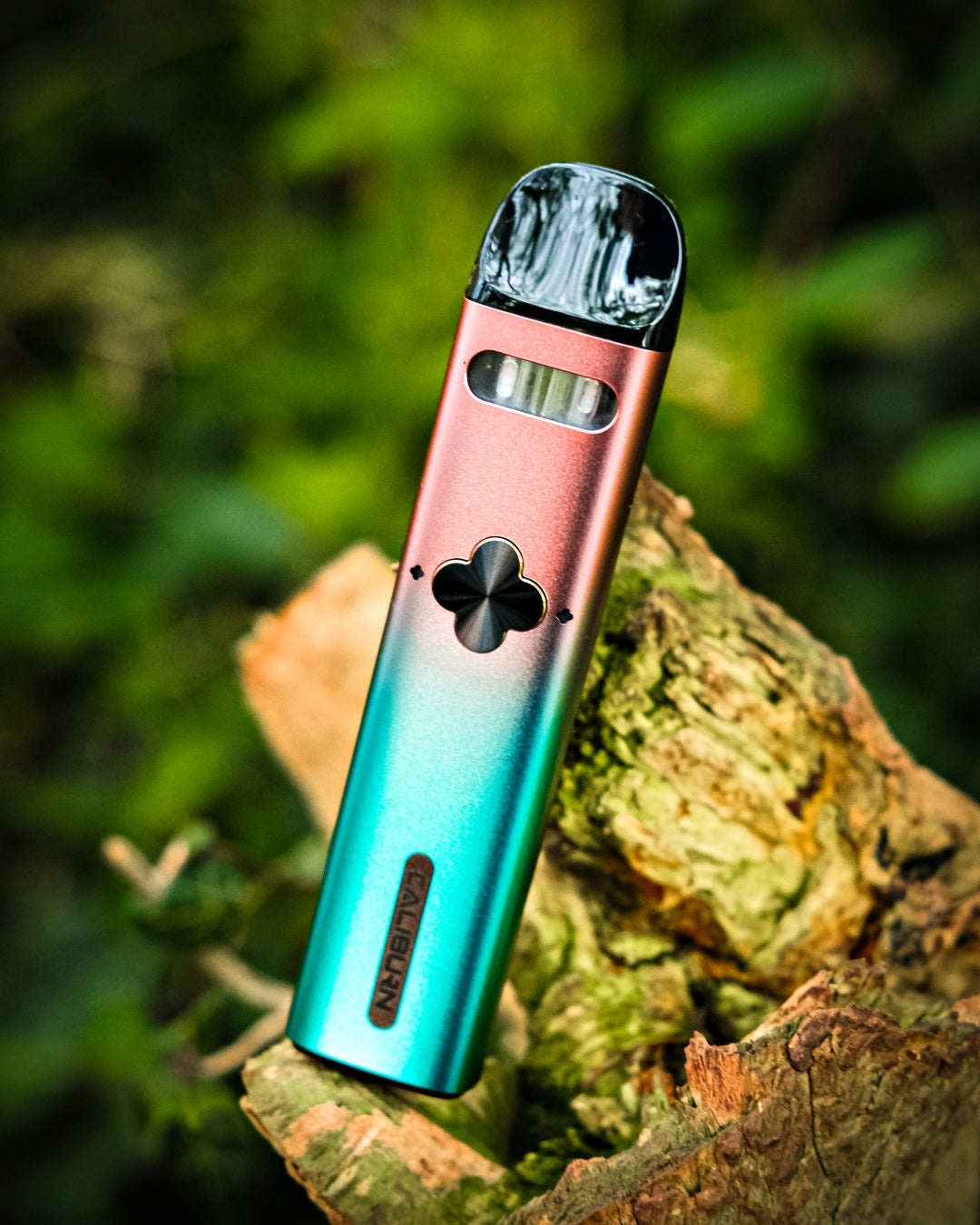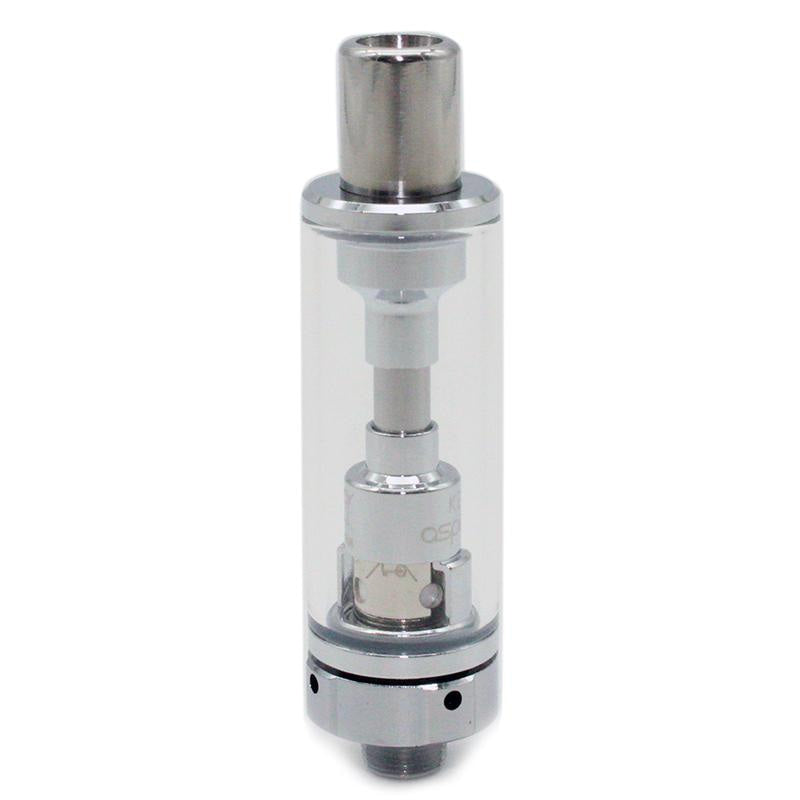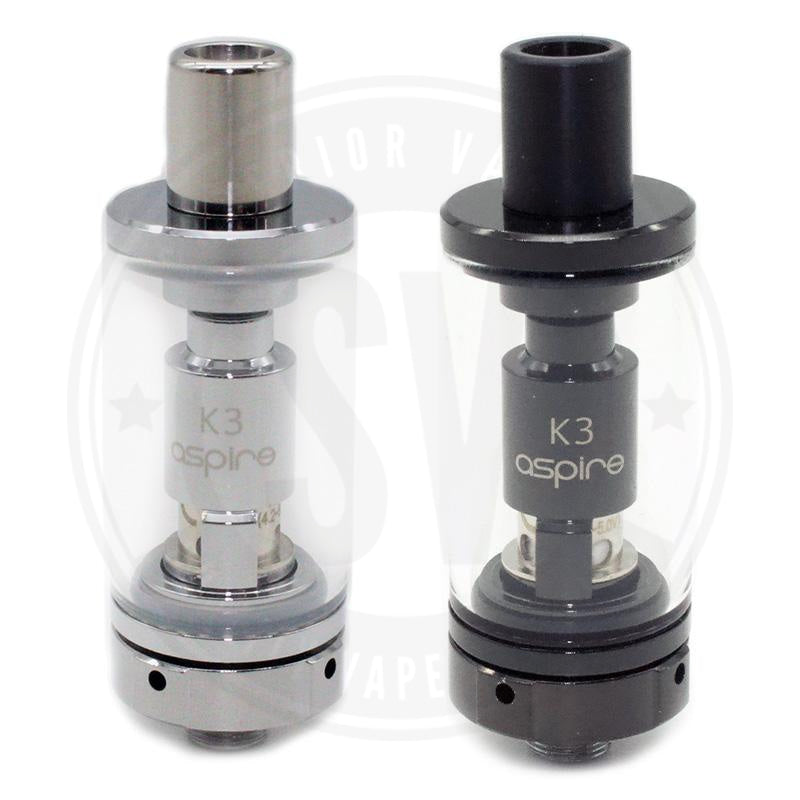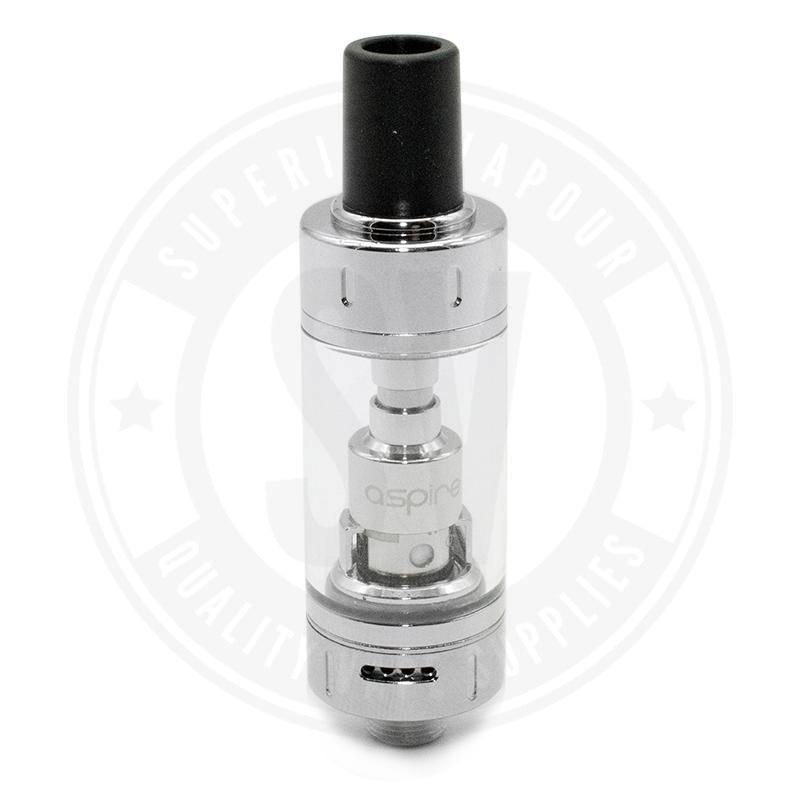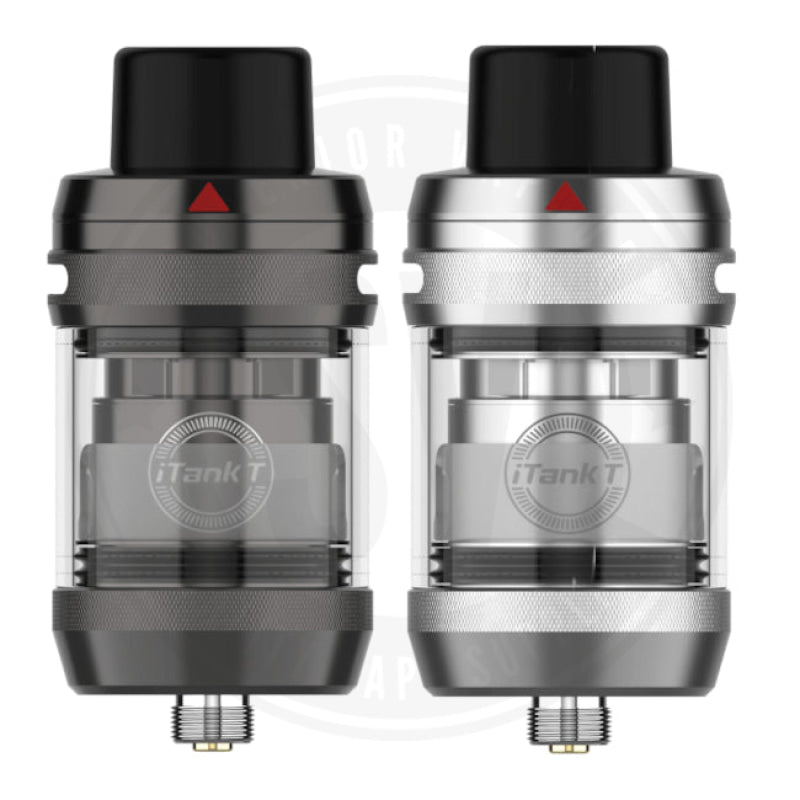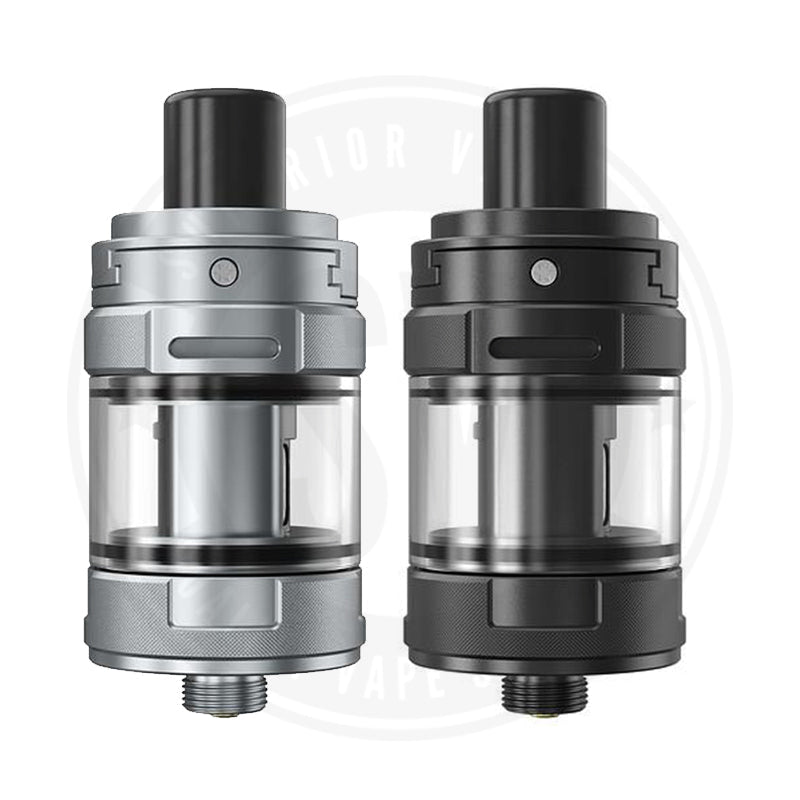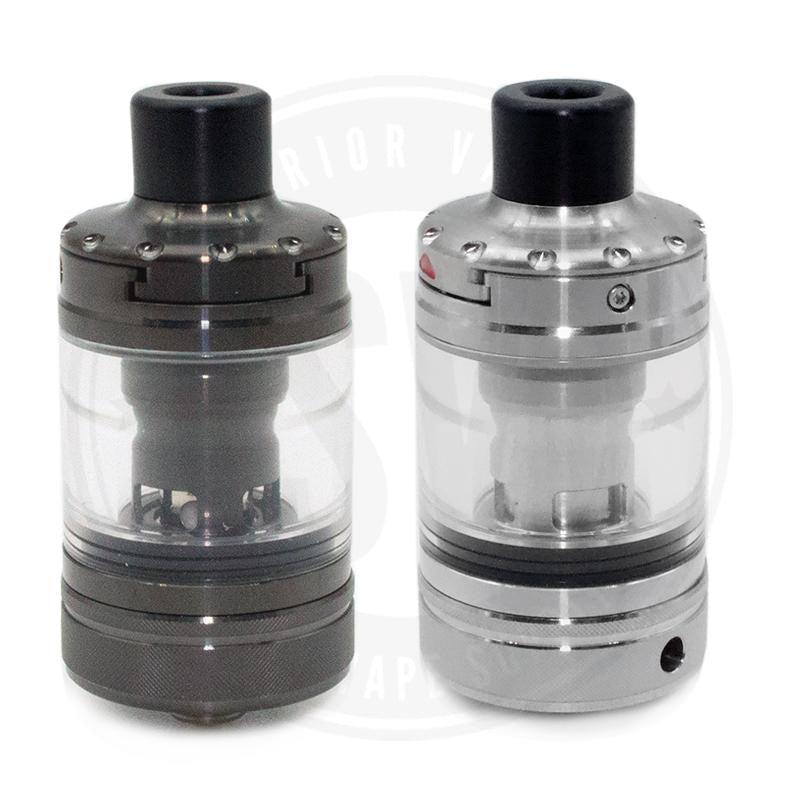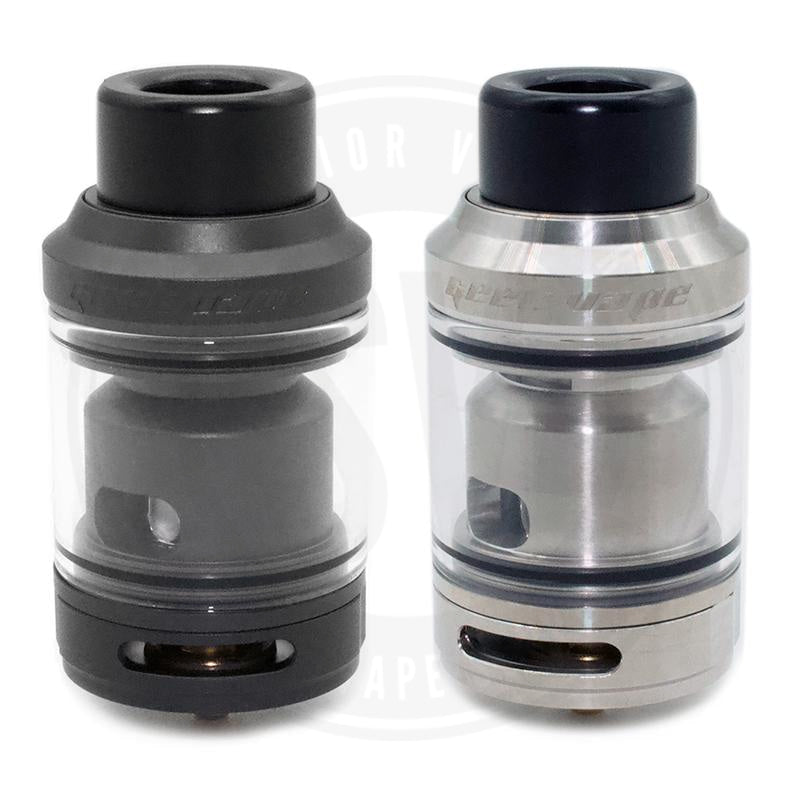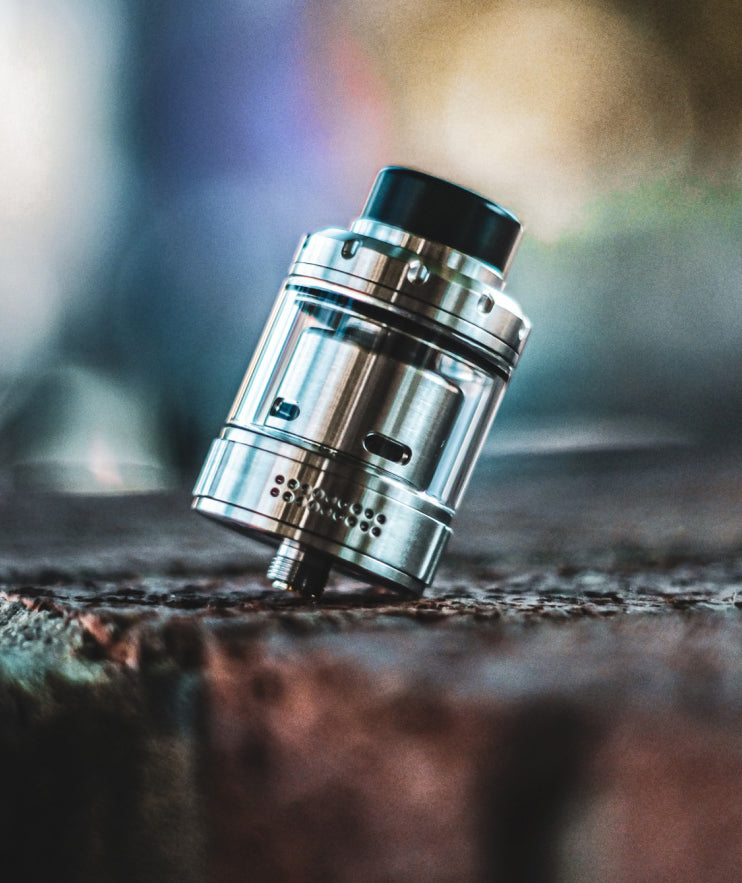If you’ve ever taken a closer look at the label on your vape juice, you’ve probably spotted something called “VG” listed among the ingredients. It stands for Vegetable Glycerin, and while it might not sound exciting at first, VG plays a massive role in shaping your vaping experience. Whether you're chasing clouds, looking for a smooth hit, or just trying to get the most from your e-liquid, understanding VG is essential.
In this guide, we’ll explore what VG is, how it compares to its companion PG (Propylene Glycol), and what kind of impact it has on everything from flavour to vapour production. If you’ve ever wondered why some e-liquids feel smoother than others or why your device might prefer certain ratios, this one’s for you.
What Is Vegetable Glycerin?
Vegetable Glycerin is a natural compound typically derived from plant oils such as soy, coconut or palm. In vape juice, VG acts as one of the base liquids—its job is to help carry the flavour and nicotine while producing the vapour you inhale.
VG is thick, slightly sweet-tasting and completely odourless. Because of its consistency, it tends to produce denser vapour clouds, which is a huge plus if you're into cloud-chasing. And thanks to its smoother feel on the throat, VG-heavy vape juices are often preferred by those who want a gentler inhale without sacrificing performance.
VG vs PG: What’s the Difference?
Vape juice is usually a mix of VG and PG, and while both ingredients do similar jobs—carrying flavour and nicotine—they affect the vape differently.
Propylene Glycol is thinner and sharper. It’s excellent for delivering bold flavour and gives you a stronger throat hit, something many former smokers appreciate. On the flip side, VG is much thicker and provides a softer, smoother inhale, with a slightly muted flavour profile. But where VG really shines is vapour production—it creates those big, fluffy clouds that make vaping visually satisfying.
Understanding the balance between VG and PG is key. Some vapers prefer a high VG blend for smoother hits and impressive clouds, while others go for a balanced or PG-heavy mix for more intense flavour and that familiar throat feel.
How VG Shapes Your Vaping Experience
The amount of VG in your e-liquid can transform how your vape performs. Higher VG levels generally mean smoother inhales and thick clouds of vapour—perfect for sub-ohm vaping and direct-to-lung inhales. If you're using a more powerful device and enjoy a gentler experience, high-VG liquids are often the way to go.
That said, flavour can be slightly muted in high-VG blends. Because VG isn’t quite as effective at carrying flavour as PG, you might find the taste a little more mellow. This isn’t a bad thing—some vapers actually prefer the smoother flavour, especially with dessert or cream-based profiles that shine in a high-VG mix.
On the other hand, PG-heavy e-liquids deliver a crisper, more intense taste and a firmer throat hit. They’re also thinner, making them ideal for pod systems and mouth-to-lung kits that require better wicking and quicker absorption.
Which VG/PG Ratio Is Right for You?
There’s no one-size-fits-all answer – it really depends on your preferences and your device. If you're after thick vapour clouds and a smooth draw, a high VG e-liquid (typically 70% VG or more) is probably your best bet. These are designed for sub-ohm kits and perform best with coils that have large wicking ports and high power outputs.
If you're looking for a more balanced experience, especially if you're using a smaller vape device, a 50/50 VG/PG ratio offers a great middle ground. You’ll get a decent throat hit, solid vapour production, and good flavour intensity. For those craving a punchy flavour and sharp throat hit – particularly ex-smokers trying to replicate that sensation, higher PG blends might be more up your alley.
Whichever way you lean, it’s important to match the e-liquid to your kit. Using a high-VG liquid in a low-powered pod device can lead to dry hits or coil issues, while using high-PG liquids in sub-ohm devices might feel harsh and underwhelming.
Common Questions About VG
A few concerns often come up when people start diving into VG-heavy vape juices. One is safety. Rest assured, VG is widely used in food, cosmetics, and pharmaceuticals, and is considered safe to inhale in the context of vaping.
Another question is whether VG can cause allergic reactions. While extremely rare, sensitivities to VG can occur. If you notice symptoms like a sore throat or coughing that persists with high-VG e-liquids, it may be worth experimenting with lower ratios or consulting your GP.
Some vapers also find that VG tends to clog coils a bit faster due to its thicker nature. This is true, especially if you’re chain vaping. But with proper coil care and choosing the right hardware, it’s easy to stay on top of this.
Find the Right VG Blend at Superior Vapour
At Superior Vapour, we stock a wide range of e-liquids in various VG/PG ratios, including a premium selection of high-VG juices perfect for cloud chasers and fans of a smoother draw. From fruity blends to rich dessert flavours, our collection is designed to suit every taste and vaping style.
Not sure where to start? Our team is always here to help you find an e-liquid that not only tastes great but also works perfectly with your device. Whether you’re curious about switching to high-VG or simply want to explore new flavour profiles, we’ve got something for every vaper.
Explore our full range of High-VG E-Liquids and take your vaping to the next level.








